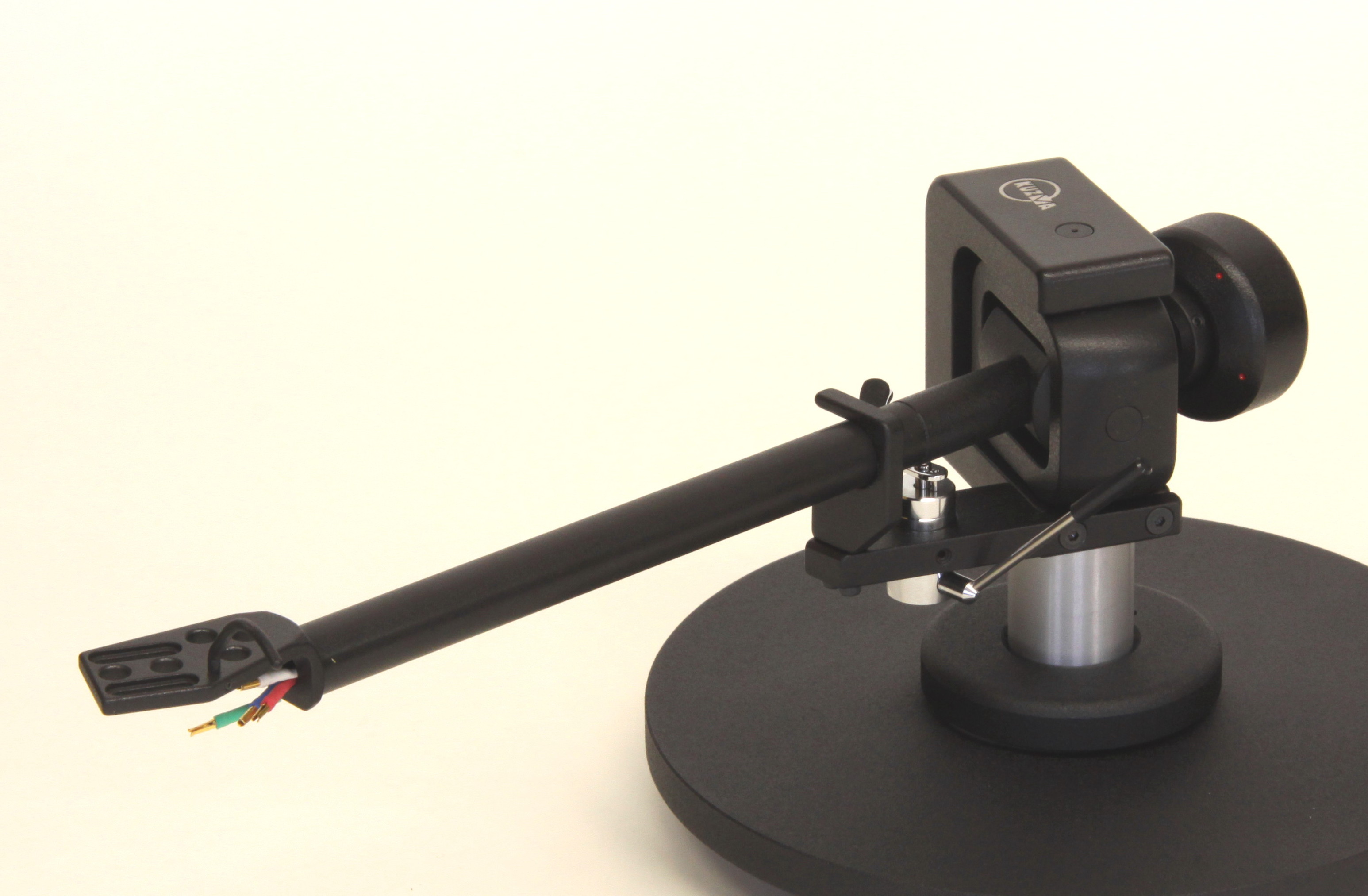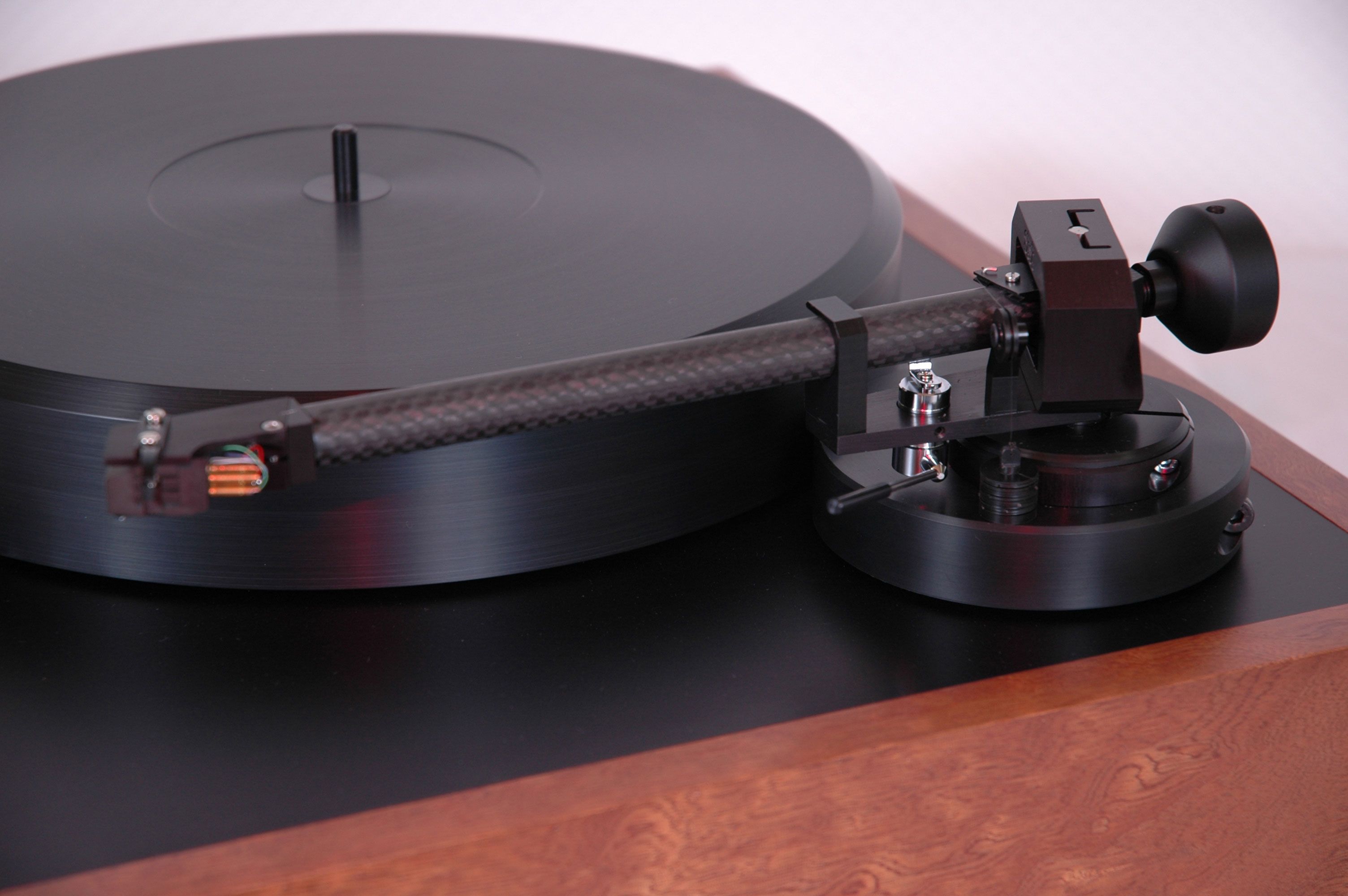TPA
Trade: Tiger Paw
Some interesting comments here. I haven't tried it with the original counterweight because I had the option of using one of our own decoupled counterweights, and my experience when developing the original skale weight was very very clearly a negative when it came to direct coupling the weight to the arm. But... that was with Linn arms, and I really should keep a more open mind so might have a comparison later in the week.
One of the areas that I really appreciate is how it deals with higher frequencies, cymbals and sibilance. They're not accentuated in the way that many other arms can be, but it's not dull in any way, and there's nothing missing in terms of detail. I'm thinking that some arms that are trying to achieve rigidity and detail recovery are shifting the resonances in to that area.
One of the areas that I really appreciate is how it deals with higher frequencies, cymbals and sibilance. They're not accentuated in the way that many other arms can be, but it's not dull in any way, and there's nothing missing in terms of detail. I'm thinking that some arms that are trying to achieve rigidity and detail recovery are shifting the resonances in to that area.










